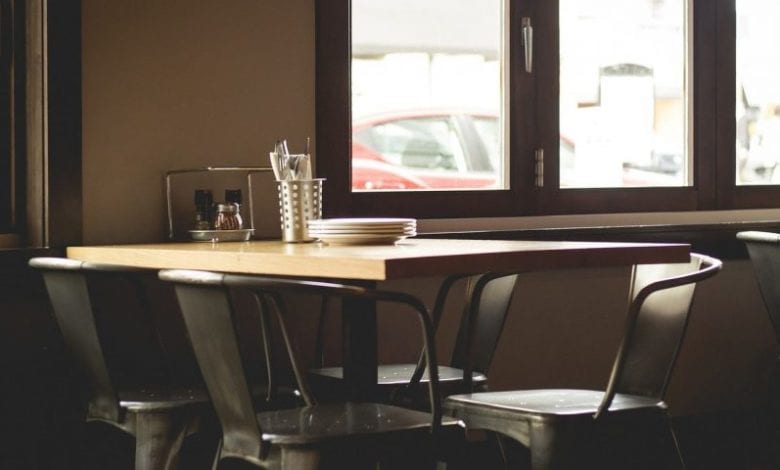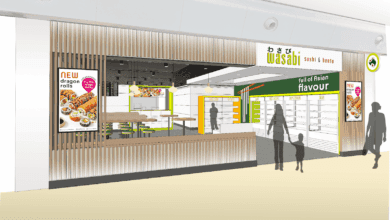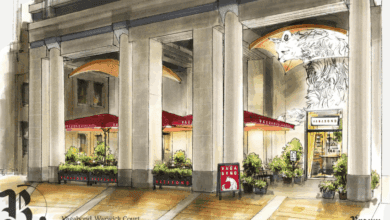Opening a restaurant: how to keep it energy efficient

According to EnergyStar, restaurants use about 2.5 times more energy (per square foot) than other commercial buildings. In a world where we are all trying to be more energy efficient and the public are becoming more aware of what businesses are doing to play their part in the battle against climate change, doing your best to have a positive effect on the environment is essential.







